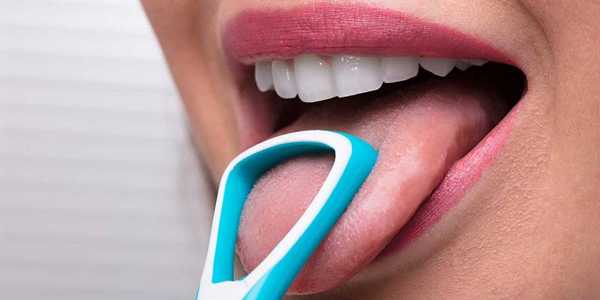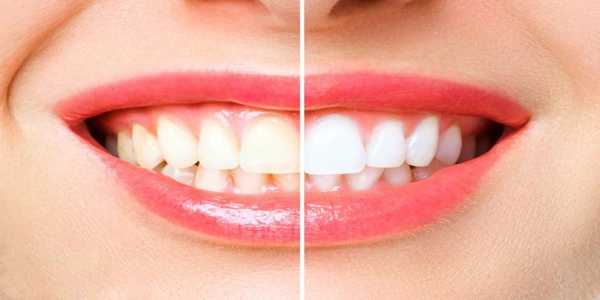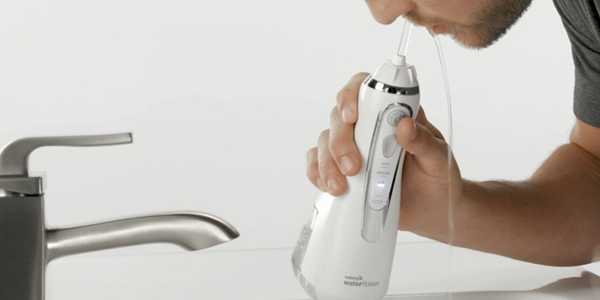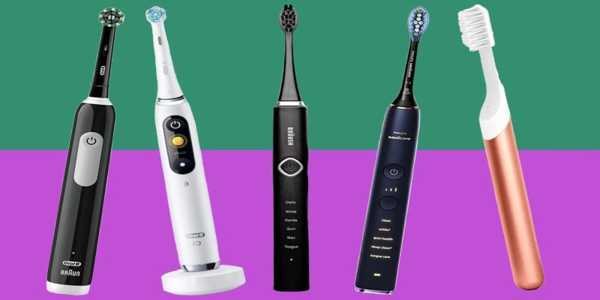Tired of Bad Breath? Try These Best Tongue Cleaning Scrapers
Ever notice that your breath still feels less than fresh, even after a thorough brushing and flossing session? You might be missing a key step—tongue scraping. If you've struggled with bad breath or that coated feeling on your tongue, this easy habit could be a game-changer for your oral hygiene. Curious about how tongue scraping can improve your health and which tools are best? Let's dive in!
Benefits of Tongue Scraper
Tongue scraping is far more than a passing wellness trend—it's a practice endorsed by dental professionals and supported by scientific evidence.
The surface of your tongue is covered with tiny structures called papillae, which tend to trap food debris and bacteria. When these residues linger, they create a breeding ground for odor-causing bacteria, leading to bad breath (halitosis). Moreover, harmful bacteria like streptococcus mutans and lactobacilli can flourish on the tongue's surface, increasing the risk of cavities.
Beyond fighting bad breath, regular tongue scraping can sharpen your taste buds, enhancing your enjoyment of food. Additionally, by reducing the bacterial load in your mouth, it may aid digestion and contribute to overall oral hygiene. What's great is that tongue scraping is an inexpensive habit that requires just seconds each day but delivers significant benefits.

Types and Designs of Tongue Scrapers
Before you pick up a tongue scraper, it helps to know what's out there. Tongue scrapers come in different shapes and materials, each with unique advantages:
U-shaped scrapers: cover a wide surface area and usually require two hands. They're great for fast, broad cleaning.
T-shaped (single-hand) scrapers: offer easier gripping and are perfect if you have limited dexterity or want more precise control.
Scraper + brush combos: combine scraping with brushing action to loosen stubborn buildup.
Tongue brushes: gentler on sensitive tongues and especially helpful for people with deep grooves (fissures) on their tongues.
Disposable scrapers: travel-friendly but less durable.
Regarding materials, here's what you should know:
Stainless steel: durable, easy to clean, and highly recommended by experts.
Copper: antimicrobial and also durable but needs rinsing after every use.
Plastic: affordable and softer, suitable for sensitive mouths, though less effective and requires frequent replacement.
Silicone: gaining popularity as a soft, gentle option ideal for sensitive gag reflexes and easy cleaning.
Selecting the Best Tongue Scraper for Your Needs
When it comes to choosing a tongue scraper, comfort and efficiency are key.
Experts tend to favor metal scrapers—particularly stainless steel and copper—due to their durability, antimicrobial properties, and ease of cleaning. These materials tend to remove buildup more effectively than plastic alternatives.
If you have a sensitive mouth or gag reflex, softer options like silicone or plastic scrapers might be better suited to you. Consider the shape as well: U-shaped scrapers cover more surface but usually need two hands, while T-shaped scrapers are easier to handle with one hand and better for precise control. Also, check whether the scraper is dishwasher safe or easy to clean for convenient maintenance.
How to Use a Tongue Scraper Effectively
Tongue scraping is quick, easy, and can make a noticeable difference in your oral hygiene. Follow these updated steps to ensure you’re doing it safely and efficiently:
- Stand in front of a mirror in good lighting — this helps you see exactly where you're cleaning.
- Stick your tongue out naturally — no need to strain; comfort is key.
- Position the scraper at the back of your tongue — go as far as feels comfortable without causing a gag reflex. If you’re just starting, it’s fine to begin at the middle and gradually move further back as you get used to the sensation.
- Gently glide the scraper forward — use light, steady pressure to pull debris forward and off your tongue. Avoid digging in or scraping harshly, as this can cause irritation.
- Rinse the scraper after each stroke — this prevents transferring bacteria back onto your tongue.
- Repeat 3 to 5 times — or until your tongue looks and feels clean.
- Clean the scraper thoroughly — wash it with warm soapy water, and dry it well before storing it.
Tip: Make tongue scraping a part of your morning routine, before or after brushing your teeth. If you deal with strong odors, consider a quick scrape after meals too. And remember: tongue scraping is a helpful addition, but it doesn’t replace brushing, flossing, or regular dental checkups.

Recommended Tongue Scrapers for Every Need
With so many options available, here are some top-rated tongue scrapers you can trust:
Best Overall: Tongue Sweeper Pro — Made of stainless steel with a T-shaped design, it's easy to use, dishwasher safe, and offers excellent cleaning power at a great price.
Best Copper: MasterMedi Tongue Scraper — U-shaped and antimicrobial, this durable scraper offers a stable grip and is easy to clean.
Best Copper Pack: HealthAndYoga qSwipe Lite — An affordable multipack of U-shaped copper scrapers, perfect for home, travel, and work.
Best for Sensitive Mouths: DenTek Comfort Clean — Soft plastic, T-shaped with mint-flavored edges, ideal for gentle cleaning.
Best for Kids: 55Dental Kids Tongue Cleaner — Colorful, plastic, T-shaped scrapers with fun designs that encourage kids to develop healthy habits.
Best Tongue Brush: Orabrush Tongue Cleaner — Specifically designed for fissured tongues, it removes trapped debris better than toothbrushes.
Other noteworthy scrapers include: Basic Concepts (stainless steel, single-hand), Thinkprice (plastic), Tung Tongue Brush & Gel Kit (for bad breath), and Grin (best disposable option).
Lifespan and Maintenance: Keep It Clean, Keep It Fresh
How long your tongue scraper lasts depends on its material:
Stainless steel and copper scrapers can last for years with proper cleaning and occasional sterilization (dishwasher or boiling water).
Plastic and silicone scrapers should be replaced every 3 to 4 months, similar to a toothbrush.
Regardless of the type, regular cleaning after each use is essential to prevent bacterial buildup and maintain hygiene.
Make Tongue Scraping Part of Your Routine
Incorporating tongue scraping into your oral hygiene regimen is a simple yet powerful way to elevate your overall mouth health. With a wide variety of scrapers available, from durable metal options to gentle silicone types, there’s a tool suited to everyone’s needs. Why not give tongue scraping a try and experience the benefits firsthand? Your breath will be fresher, your oral health improved, and your confidence boosted. Start today and see the difference this small habit can make!





